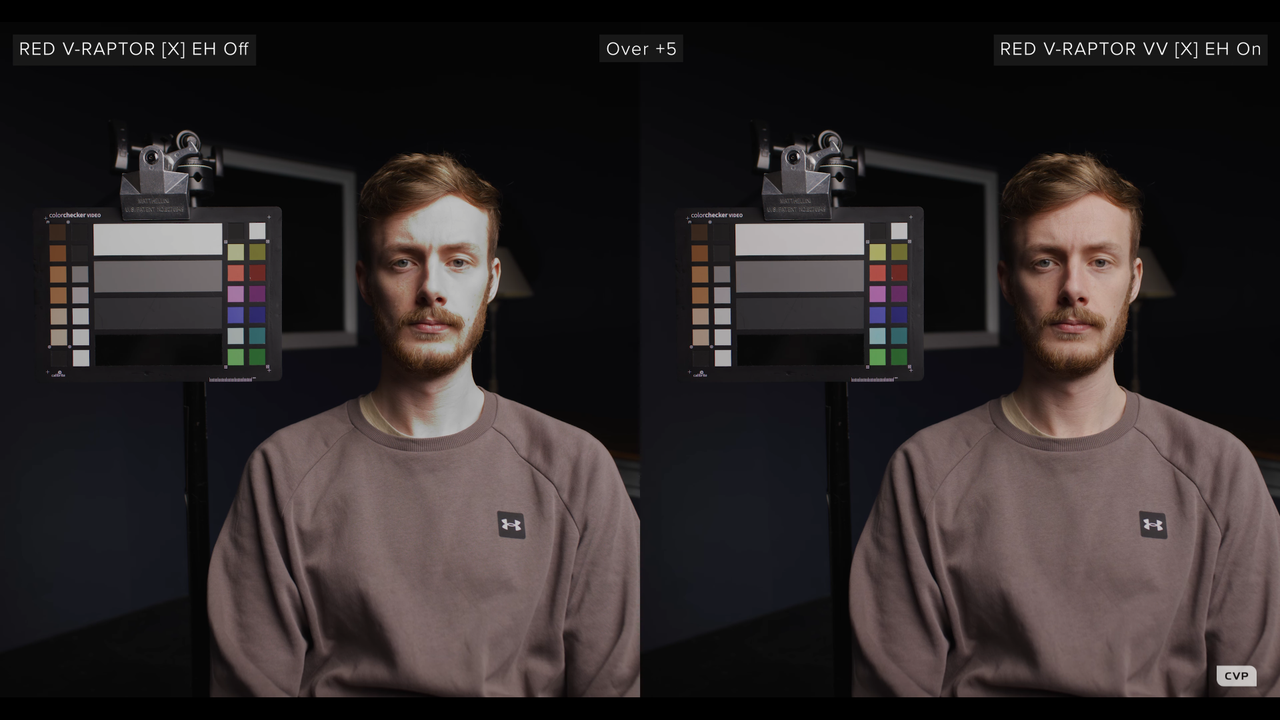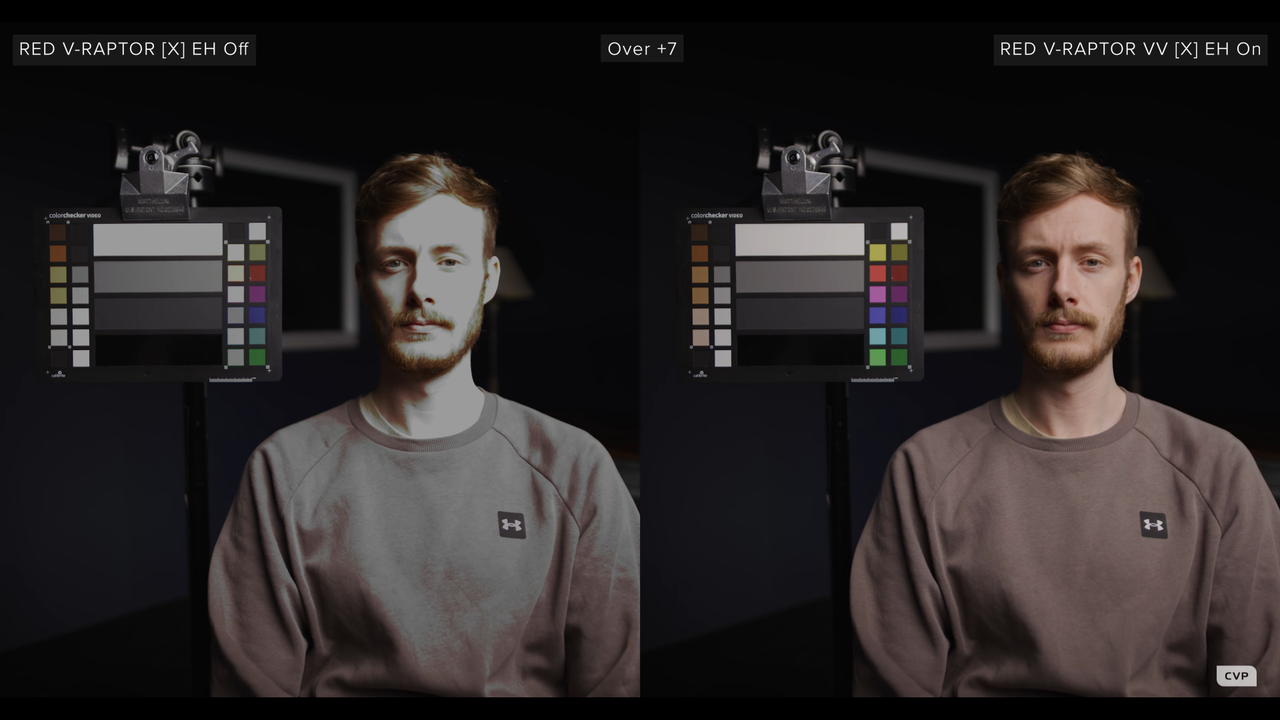- Thread starter
- Moderator
- #121
- Joined
- Apr 19, 2007
- Messages
- 13,390
- Reaction score
- 791
- Points
- 113
- Location
- Los Angeles
- Website
- www.phfx.com
Will very much depend on each shot and how you use it. If you're filming at ISO 800, you're already getting around 8 stops above 18% gray. With Extended Highlights you're getting an additional 3 stops or so above that.Hi everybody, just got my hands on the new Raptor X and played around with the EH Option.
Maybe I miss something, but when I am using RED Cine X (Beta Version 62) I could switch the EH Option ON/OFF, but the histogram nearly changed like nothing to sometimes very minimal. When I toggle the EH Option in camera I could see a way more visible change in the histogram.
And when I playback any kind of Raptor X Clips via RED Cine X, all clips seems to be double playback speed. (2x faster) .
When I playback files filmed with the Raptor X ( without EH option recorded, because they doesn't work at all for now ) in Davinci Resolve the are playing back at normal speed.
Any idea somebody !?
If you want to "stress test it", bring you're ISO down to say 250 where you'll have less stops above 18% gray and clip, then toggle EH on.
Ideally this is a tool best served on hot in frame sources and objects. Will share more info on that shortly.
















